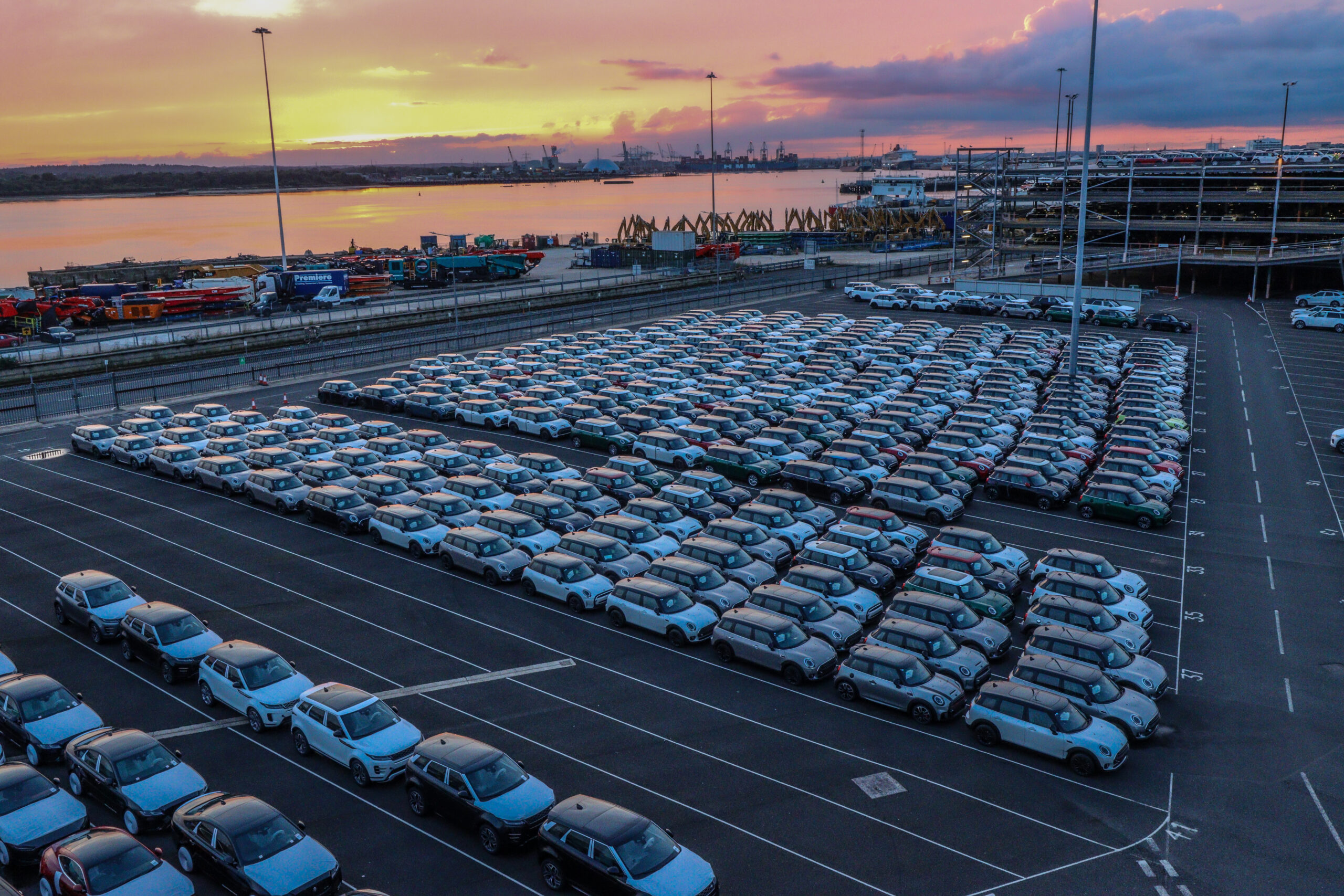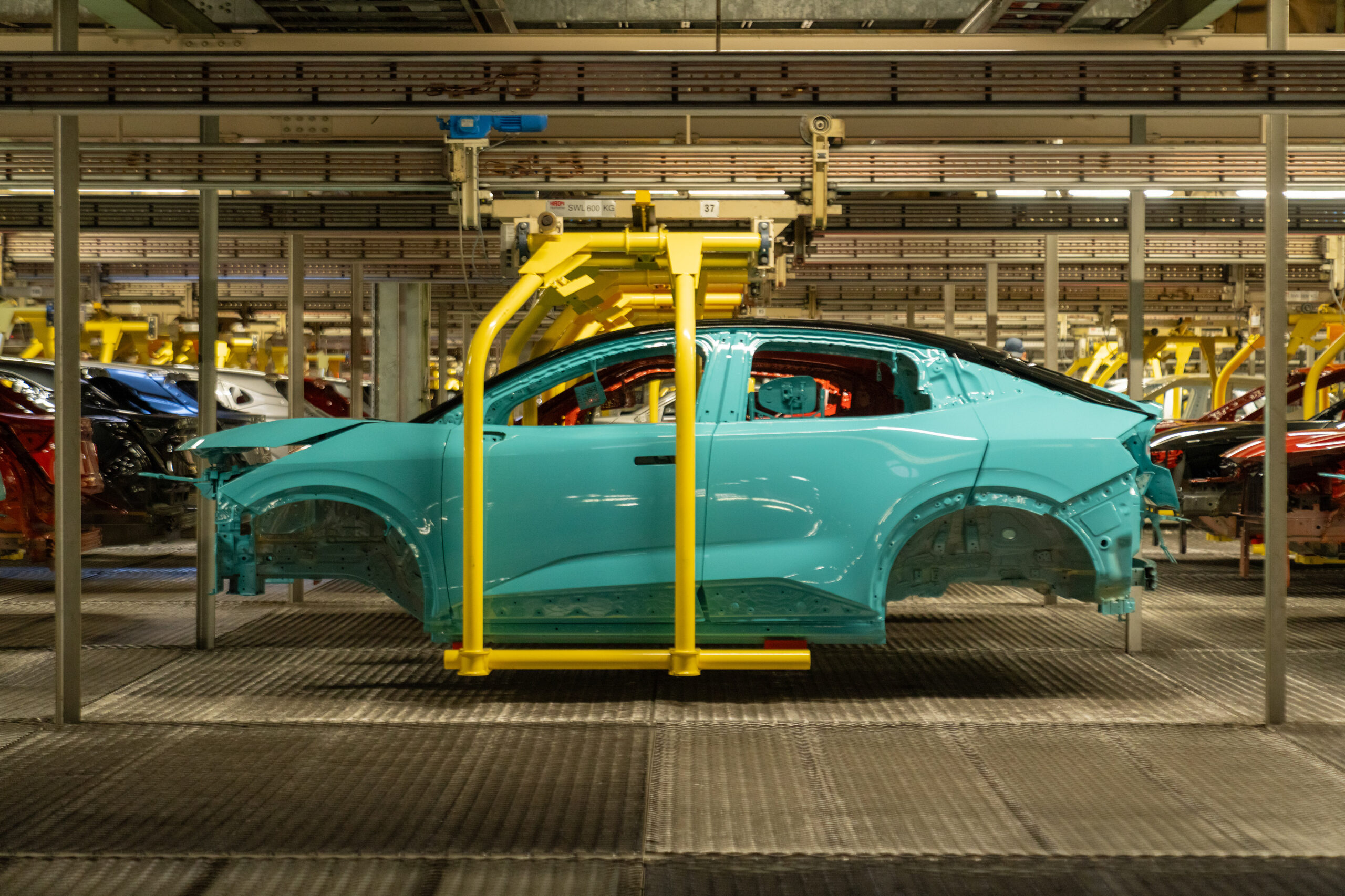

The implementation of the UK-US trade agreement this week was a landmark moment for automotive, one that brings immediate relief to many UK manufacturers for whom the US has long been a crucial export market. It also ensures American consumers can continue to buy vehicles from some of the world’s most iconic automotive brands.
While some of the operational detail is still being defined, it remains the only trade deal negotiated, agreed and in force since the Section 232 and reciprocal tariffs were introduced in the spring. The fact that it applies only to UK Automotive remains a notable diplomatic achievement especially considering the competition and the pressures under which it was negotiated. It immediately allows more than 65,000 UK cars to benefit from reduced tariff rates until the end of the year. From 2026, it is limited to 100,000 units annually – pretty much the total amount UK producers exported in 2024 – and 10% is an increase on the 2.5% previously applied, but this is the new normal under which such trade must operate. We hope it is an agreement that sets a foundation to grow future transatlantic trade in the future and, alongside a landmark deal with India and the EU-UK reset it can only help safeguard the sector in turbulent times.
The focus now, however, is improving our competitiveness at home and with the new Industrial and Trade Strategies also published, and the suggestion of some support announced in the Comprehensive Spending Review, UK automotive companies can look forward with the beginnings of some optimism, while global businesses have more reasons to consider investing and building here.
International markets are crucial for our sector with some eight in 10 of British-built vehicles heading overseas last month. But a thriving domestic market also remains a driver of manufacturing investment and economic growth. The picture in 2025 is mixed with SMMT’s half year data for new car registrations showing demand is up 3.5% on the same period last year, but still -17.9% behind pre-Covid levels. The new van market, meanwhile, is facing weak business confidence and fleet investment with demand having declined in every month of 2025.
Both sectors are much changed since 2019 with battery electric vehicles (BEVs) in June representing one in four new cars, and one in 13 new vans registered. Such growth is impressive but it remains below the market shares government has mandated – with van decarbonisation at little more than half of the target. Given growth to date has been driven by unsustainable product discounting – worth more than £6.5 billion for cars alone since the mandate came into force – sustaining growth without damaging businesses is difficult.
Meaningful fiscal purchase incentives and accelerated infrastructure rollout, including LCV-suitable chargepoints, would boost consumer and business confidence and bolster demand, helping support businesses, Treasury revenues and economic growth. There are a number of ways in which this could be delivered and SMMT has calculated that halving VAT on new EV purchases would put two million EVs – instead of ICE vehicles – on the road by 2030, cutting CO₂ emissions by six million tonnes per year, and boosting the prospects of the second-hand car market where most motorists buy an EV. At the same time, removing EVs from the VED Expensive Car supplement and equalising VAT on public charging with home rates would send a crystal clear message that 2025, not later, is the year to switch.
SMMT Update
Sign up to the SMMT Update Newsletter for weekly automotive news and data
"*" indicates required fields


